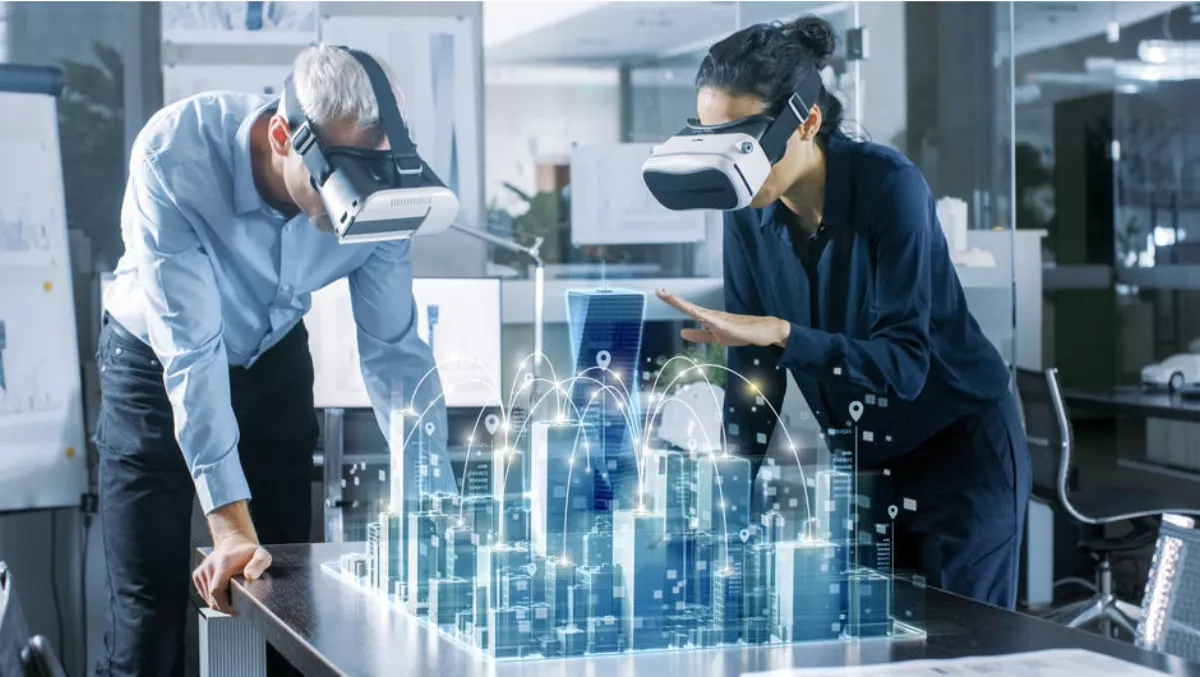
How virtual reality is making people more human-centric
There are a lot of ways that the modern workplace is starting to change for the better.
From incorporating mindfulness practices, co-living retreats and now virtual reality, we are well on our way to leaving behind the for-profit mindset.
When it comes to embracing the human-powered workplace, virtual reality might just be the next big advancement that will help us become more caring and compassionate.
While this may seem counter-intuitive, there are several strong examples showing just how implementing virtual reality can help people feel more connected and compassionate.
For businesses, this has been a big step towards connecting with consumers in a more genuine way.
VR can help social enterprises
The rise of the social enterprise has been noticeable over the last decade.
As more socially-oriented workplaces have been cropping up, the younger generation of workers have shifted their focus from earning a higher paycheck, to fulfilling a higher purpose.
Virtual Village is a great example of how a business can use VR to bring people closer to a cause.
Users get to experience life in an African village while interacting with villagers in this virtual world, by helping them improve quality of life.
Creating empathy through the virtual experience allows socially-minded companies to grow their consumer base and increase revenue.
It's surprisingly social
At this point, we are living in a digital world.
Most people are constantly connected to one device or another throughout the day, and many have speculated that being more connected has actually just made us more alone.
Recently, studies have shown that virtual reality that simulates a certain setting where individuals can potentially interact helped to facilitate conversation, especially amongst those that were more prone to be introverts.
VR could make design more intuitive
Design is a major part of our world and also how we relate to one another.
For example, design plays a role in how we communicate and relate to space.
Open spaces encourage people to come together and socialise, while closed off areas promote less stimulation and a relaxing environment.
As we become more aware of the crucial role that intelligent design plays in day to day human interactions, cities the world over are starting to implement more human-centric architecture and it looks like virtual reality may soon have a hand in improving design.
Architects and designers are already using VR technology to test out designs with potential users to see what works and what doesn't, making sure the final product is something that will actually resonate with people not just their vision.
While it might not seem like putting on a headset will bring us closer together, it has already been shown that virtual reality can be considered as a catalyst to increased empathy and connection, especially in professional settings.
In the workplace, VR could be used to build trust amongst co-workers, while also encouraging the creation of a loyal consumer-base.
While it's certainly no replacement for face-to-face contact, it seems that virtual reality could definitely be the next best thing.

